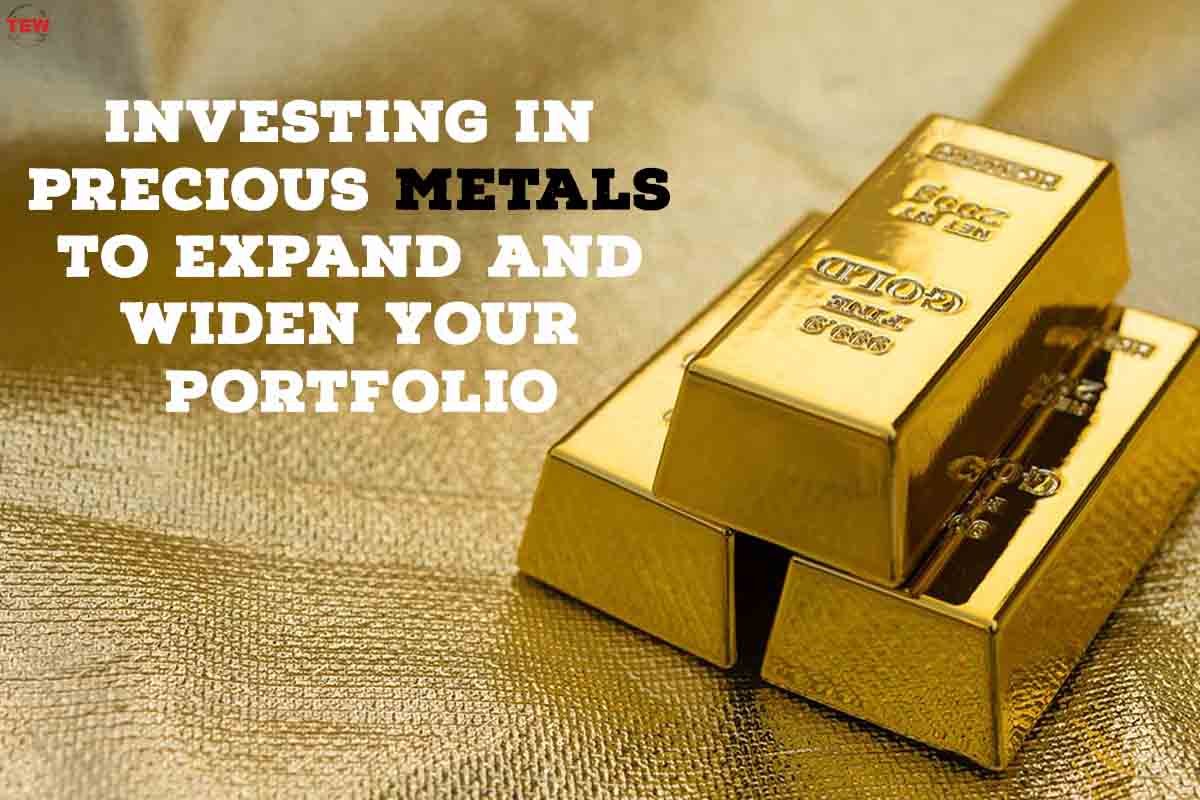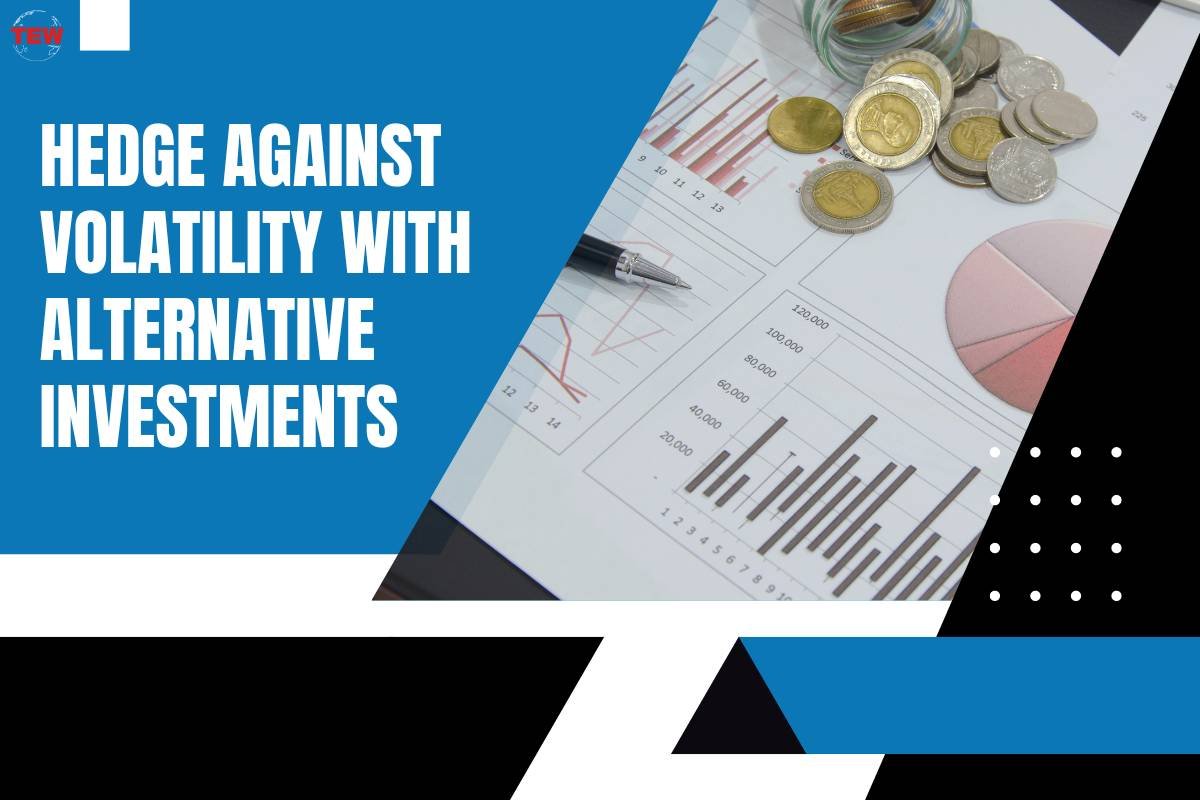If you are looking for Investing in Precious Metals, then it is important to keep in mind some of the key benefits and drawbacks. These include, but are not limited to, the tax consequences and the simple liquidity. There is also the issue of inflation and the need to hedge against it.
5 Reasons for Investing in Precious Metals to Expand & Widen Your Portfolio ;
1. Demand continues to rise
As the economy slowly recovers, the demand for precious metals continues to rise. With a wide variety of industrial applications, silver has become a key beneficiary.
Silver is also used in lithium batteries for electric vehicles, and in catalytic converters in internal combustion engines. The demand for these two metals is expected to increase 400 to 600 percent over the next several decades.

While gold continues to gain in price, silver has rallied to new highs during the current pandemic ecosystem. Demand for silver jewelry and coins remains strong. The global market for 5G services is predicted to rise 137.5% in 2022. This will allow more remote work and fuel mobile devices.
In India, a rural population that is predominantly into farming, the demand for gold is expected to pick up. Gold is also used to hedge against inflation.
During the last week of October, gold discounts in India reached $10 an ounce. This was in part due to the severity of lockdowns in the mining industry. However, the end-consumer seemed willing to pay a 100% markup for the silver Eagle.
2. Hedges against inflation
When it comes to investing in precious metals, inflation is often a concern. With prices of consumer goods, services, and real estate on the rise, it’s important to diversify your investment portfolio to ensure that you’re protected from inflationary effects.
While some people might prefer to invest in gold, silver, or other physical assets, others might opt for paper contracts. In a nutshell, paper contracts are not as secure as physical metals, and their value can fluctuate wildly. However, they can be a useful way to hedge against inflation.
Generally speaking, the S&P 500 return over the last century has been a good indicator of how inflation affects the economy. Even when the S&P 500’s returns are low, it’s still a better bet than a bond, which typically offers a lower yield.
Investing in Precious Metals like silver bullion bar is a great way to protect your wealth from inflation. However, silver’s price has a much greater volatility than its counterpart, gold, which is notorious for its dangerous nature.
3. Simple liquidity
Liquidity is one of the most important features of investing in precious metals. Having liquid assets means you can quickly convert your investments into cash. However, you need to make sure you buy the right type of assets for your needs. For example, Investing in Precious Metals like in a coin is not a smart choice if you’re looking for an immediate return.
Instead, consider an exchange-traded fund (ETF) that includes physical silver. ETFs have the potential to offer you a return on your investment, minus the expense ratio. Investing in Precious Metals in physical precious metals is a great way to diversify your portfolio. They’re a good hedge against inflation, but you may want to consider other options for the best results.

Although physical assets have the advantage of having the most liquidity, they aren’t always the best choice. If you’re planning to invest in precious metals, you may want to check with your financial adviser to see which investments are the best options for you.
Another way to determine the liquidity of an asset is to examine the spread. This is the amount of difference between the asking and selling prices. Read this Gold Alliance Capital review as it can summarize this entire better. Consequently, it’s important to find a good price when buying and selling precious metals.
Similarly, the spot price of a metal is the smallest unit price at any given time. When you know the spot price of a particular metal, you’ll know its current fair value. To be safe, you should buy and sell precious metals at a few percentage points above the spot. That way, you’ll be able to avoid paying more than the market can bear.
4. Transaction costs
Investing in precious metals can help you hedge against inflation and future economic downturns. It also provides diversification in your portfolio. But there are a few costs associated with Investing in Precious Metals in these assets.
One of the most common fees is storage charges. Some investors pay $10 to $60 per month. You should understand all of these costs before you make your decision.
Another cost is the spread. This is the difference between the buyer’s price and the dealer’s price. A wider spread can result in higher transaction costs. Lastly, investors may have to pay a premium for gold and silver content. The amount of this premium will depend on the demand.
Transaction costs can affect your overall net return, so it is important to keep these costs in mind when you are building your portfolio. Taking advantage of lower-cost assets can reduce your overall transaction costs, allowing you to allocate more capital toward producing wealth.
5. Tax consequences
When investing in precious metals, you should understand the tax consequences. Different investment vehicles offer different tax rates, so you should be careful.
If you hold gold or silver in a taxable brokerage account, you will be subject to a capital-gains tax. Depending on your income, you could face a maximum tax rate of 28 percent. The tax rate will vary, however, depending on the amount of your gain and your holding period.
If you are in a higher income bracket, you may also be subject to state and federal income taxes. Generally, long-term capital gains are taxed at lower rates than short-term gains (https://www.bankrate.com/investing/long-term-capital-gains-tax/). For example, if you sell your gold shares after a year, you will owe less tax than if you sold it two years earlier.

Similarly, you can avoid paying a higher tax rate when you invest in gold exchange-traded funds. In general, there are three main categories of precious metals ETFs. Each category has its advantages and disadvantages.
To Know More about Best Investments for Beginners : Click Here





